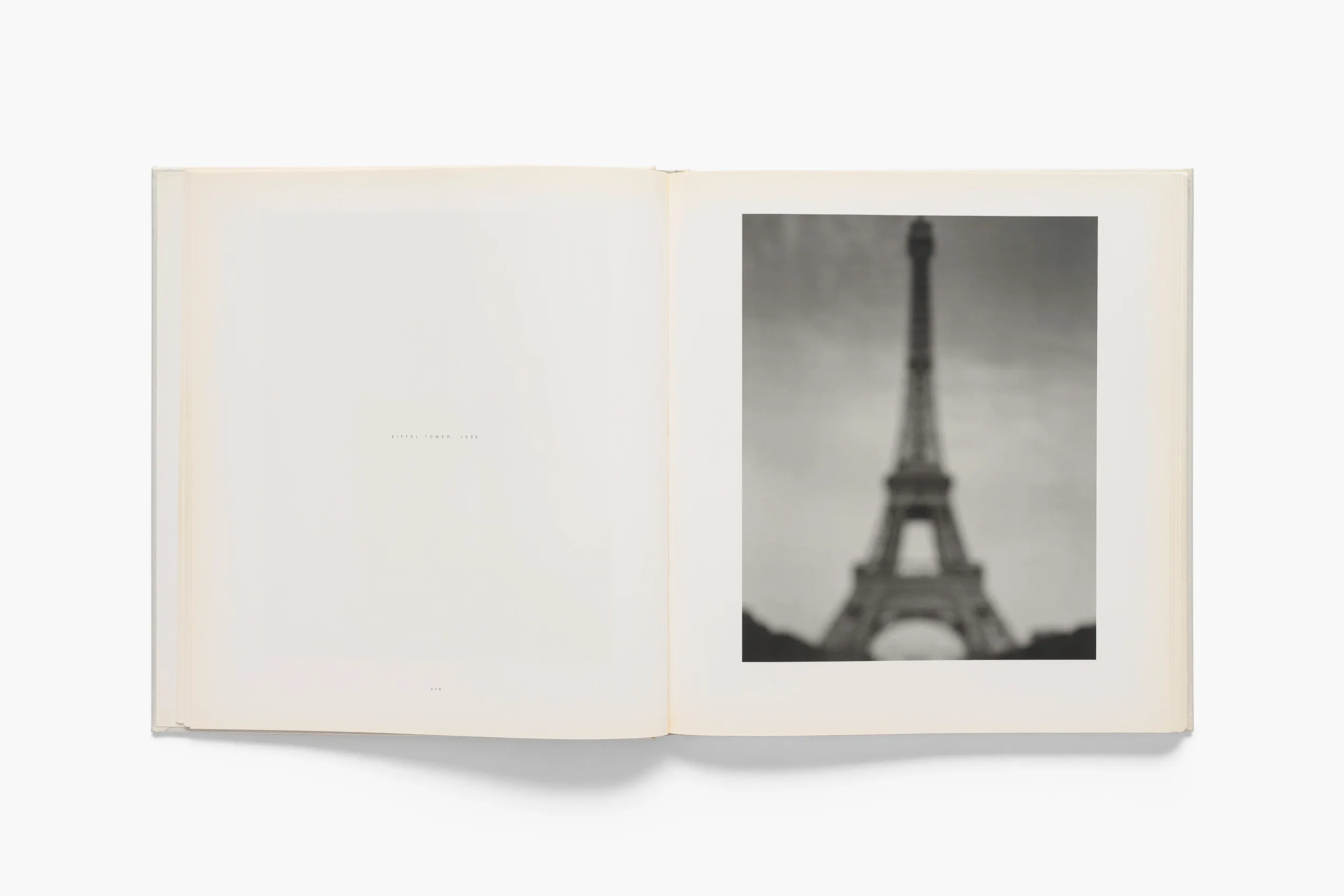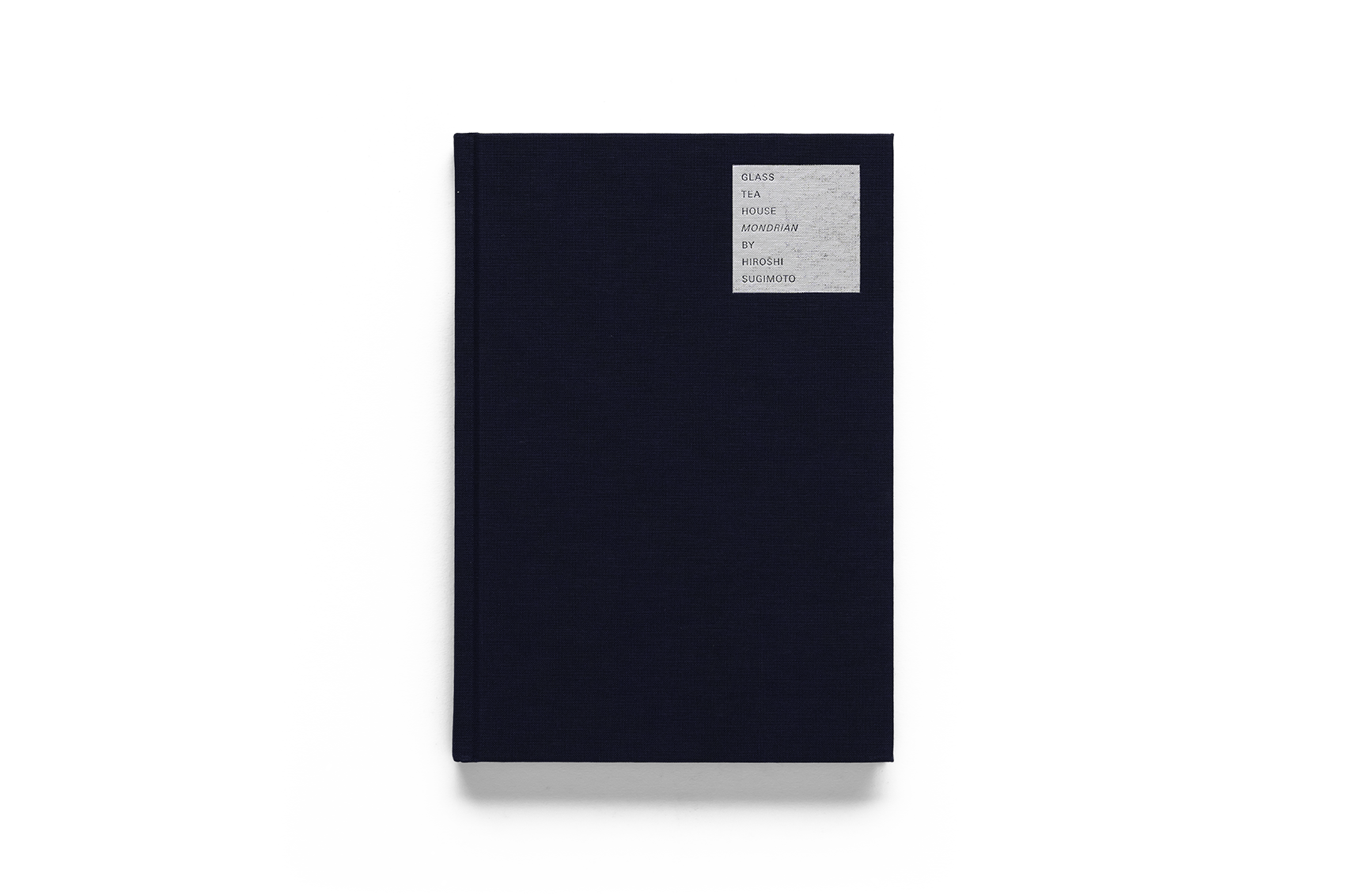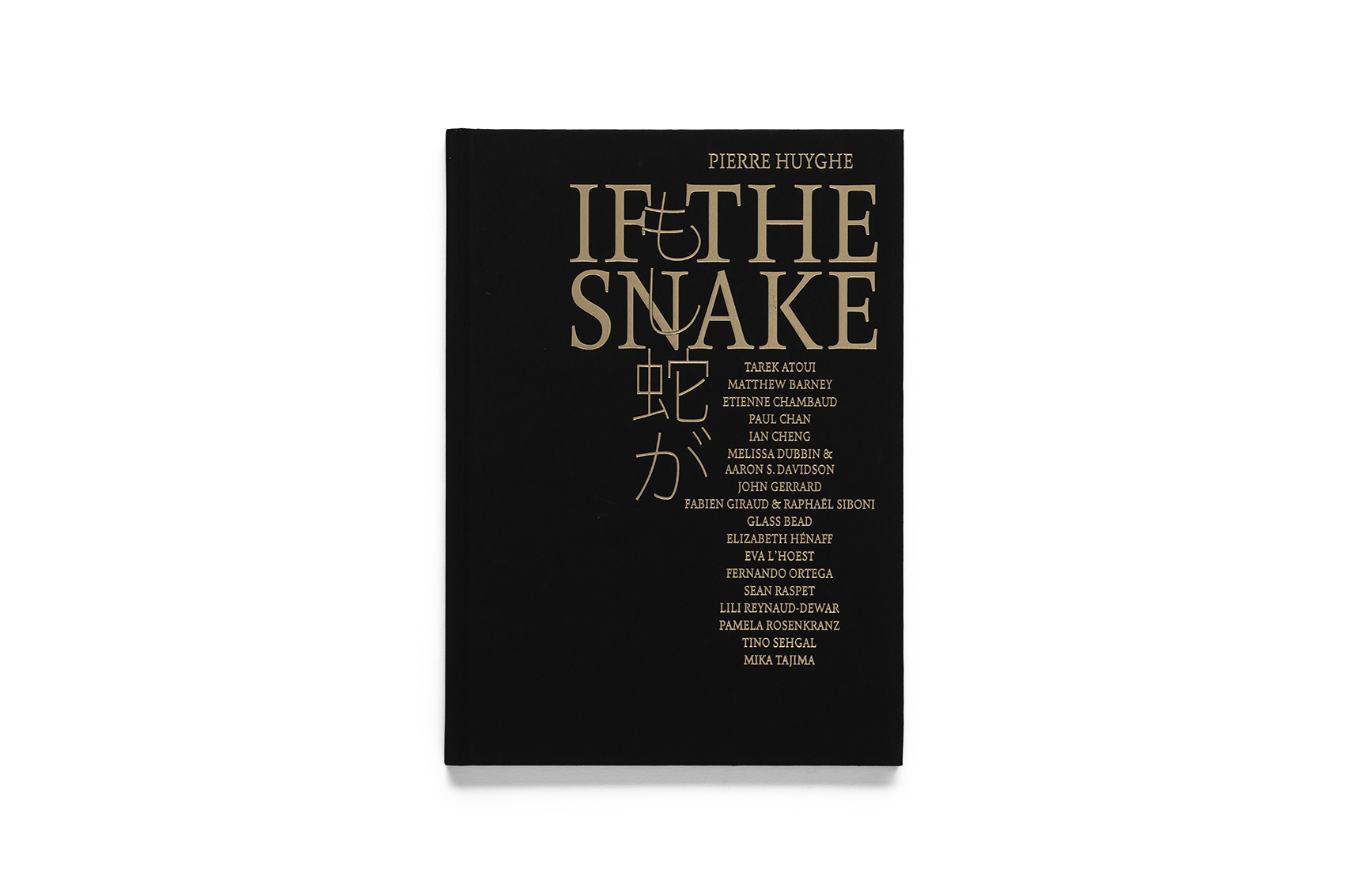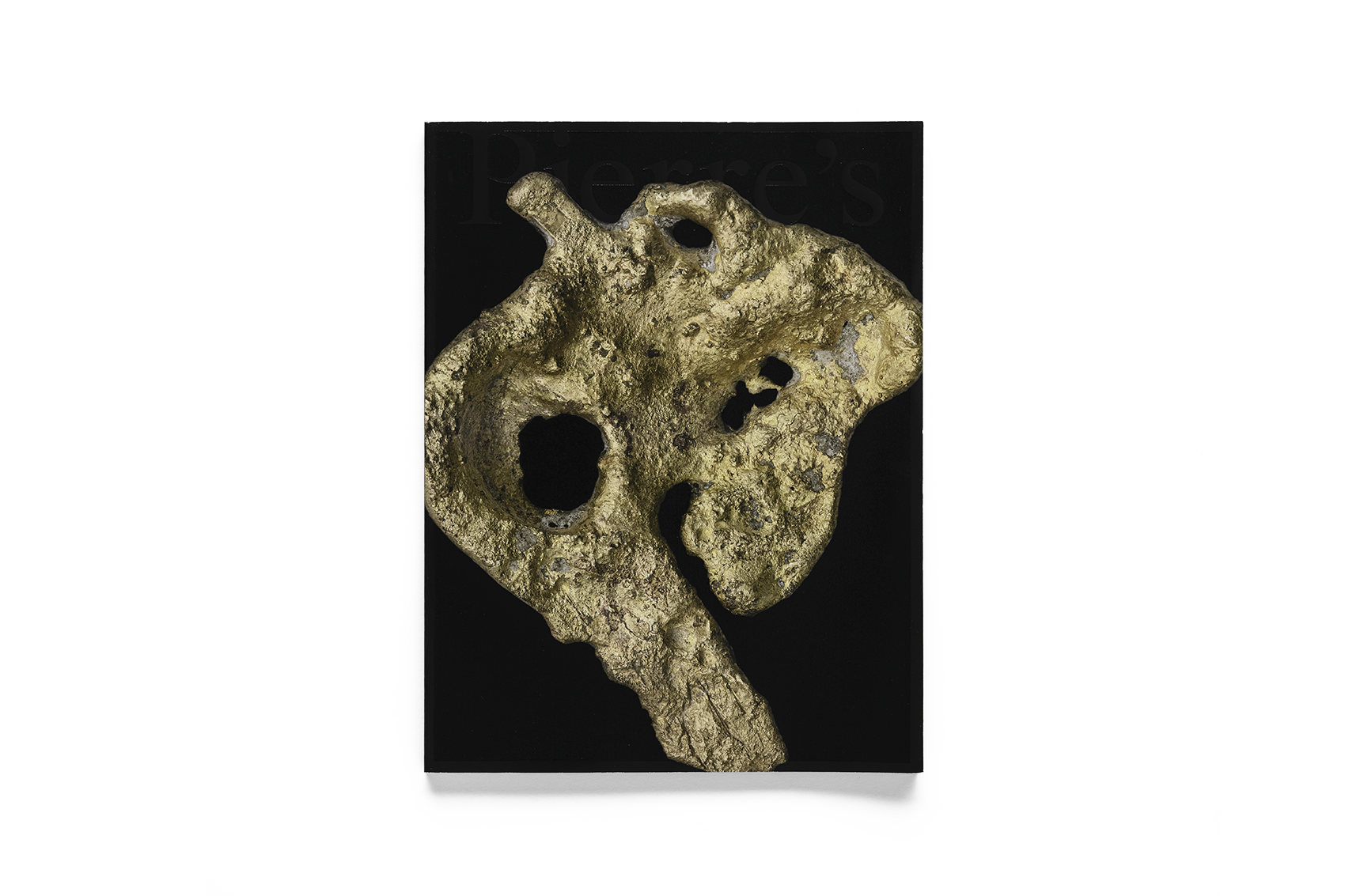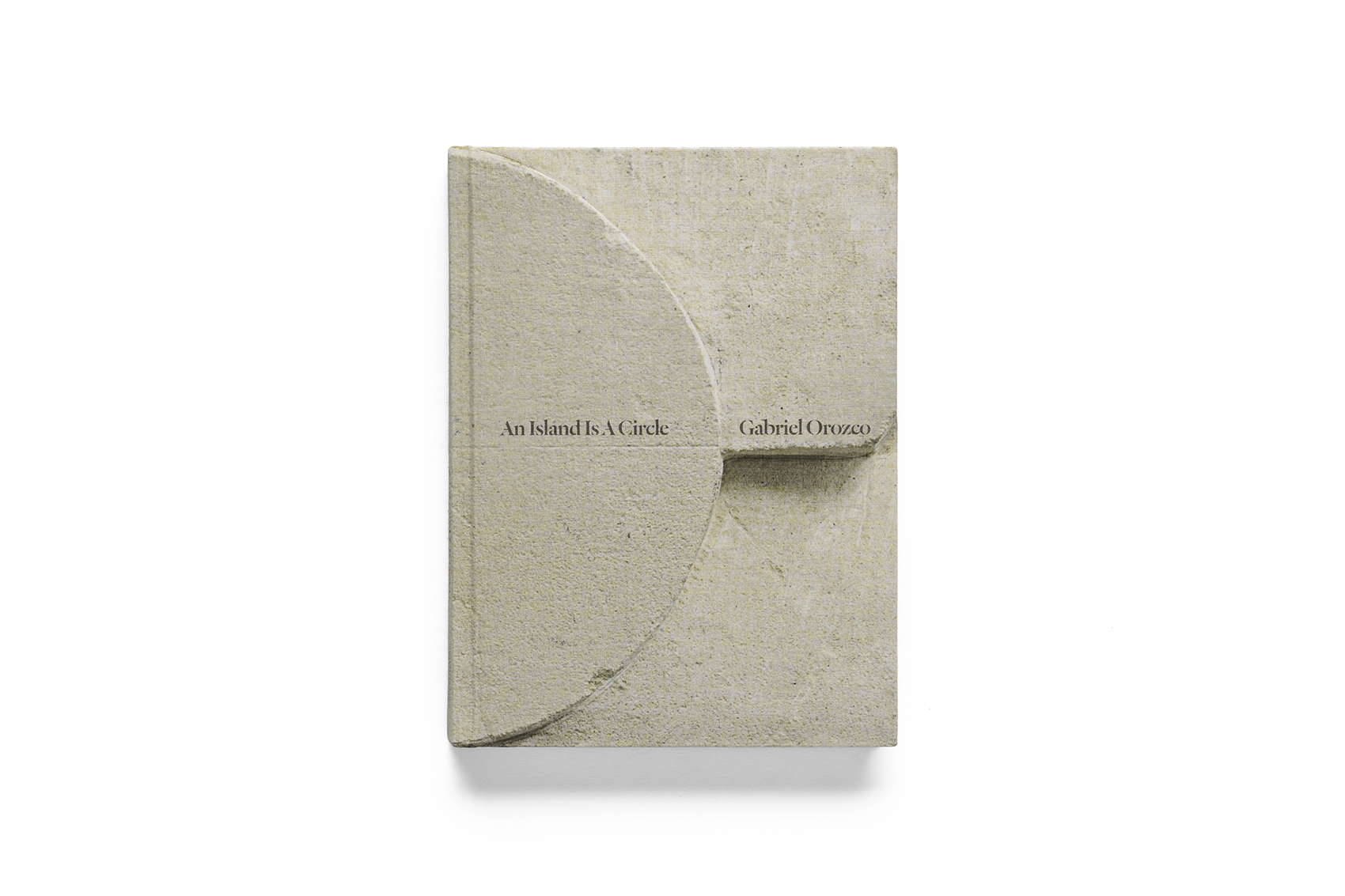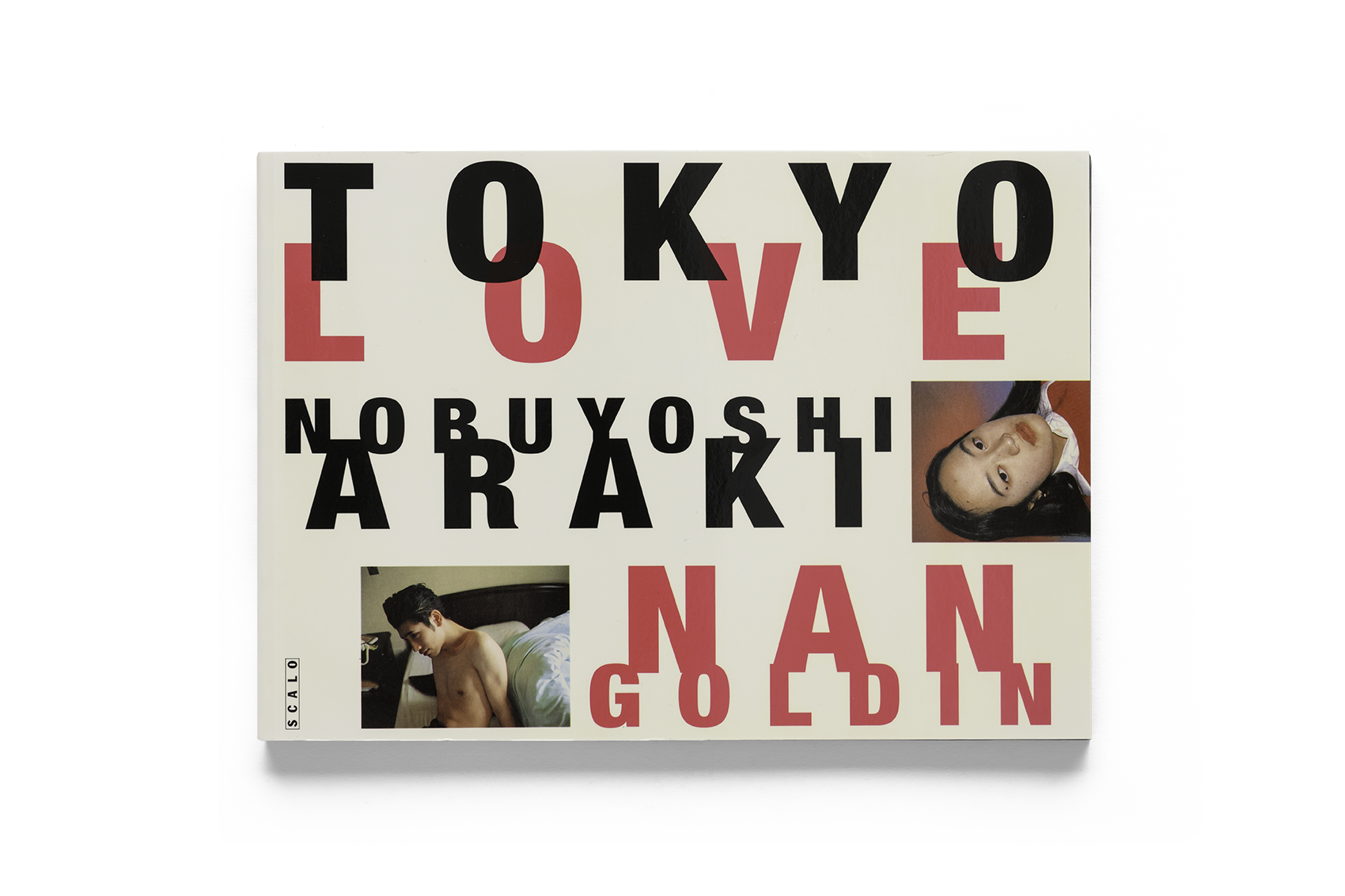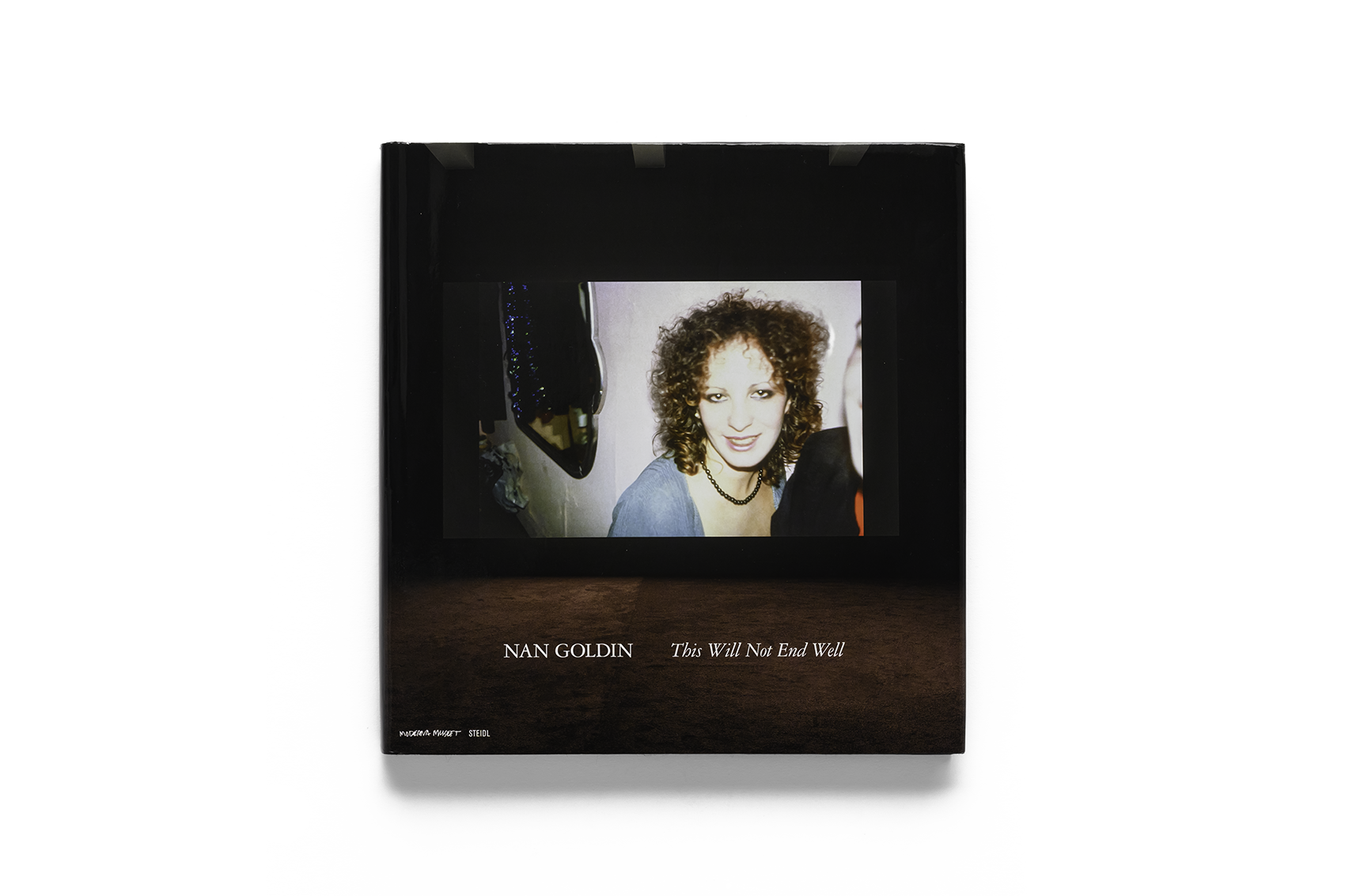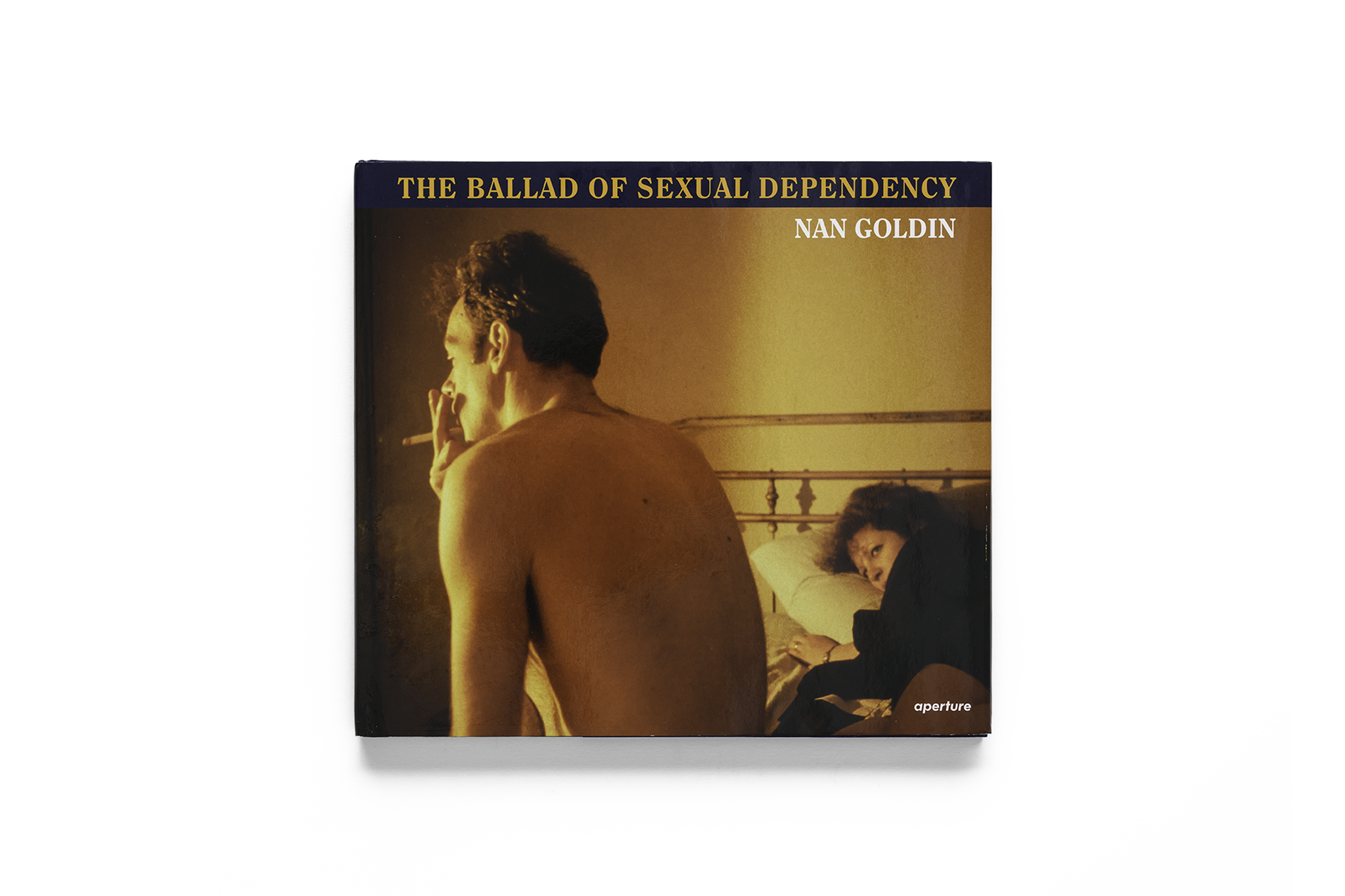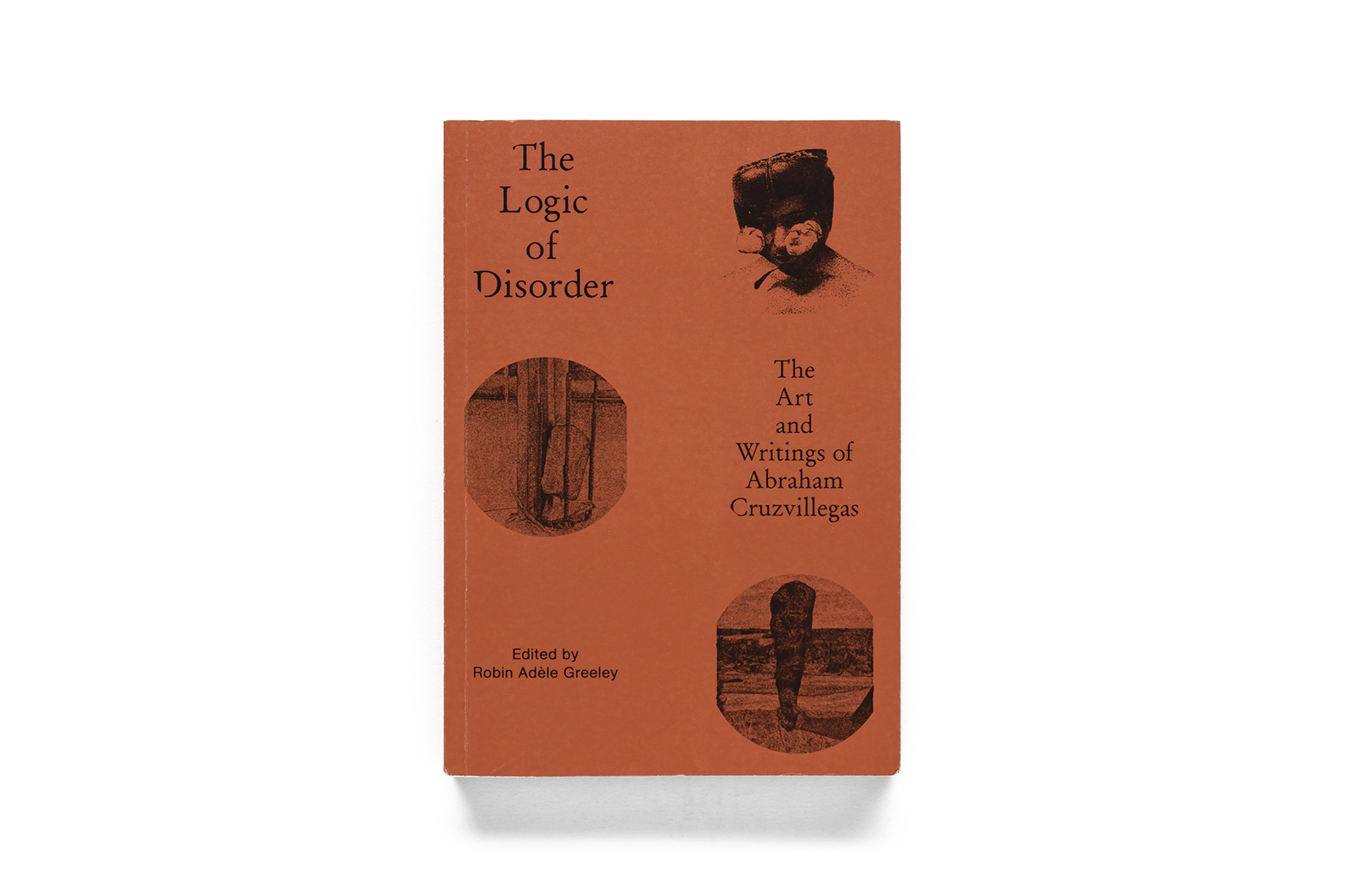
Museum of Contemporary Art, Chicago, 2003
Hiroshi Sugimoto: Architecture

Museum of Contemporary Art, Chicago, 2003
“To give the twice as infinity focal point, it brings back the most ideal state of the shape of the architecture. That’s very ironic. It can be a statement and it might be even more beautiful than the finished building—that was my concept.” - Hiroshi Sugimoto
In 2003, the Museum of Contemporary Art in Chicago exhibited Sugimoto's “Architecture” exhibition, which was the first public display of the series.
In 1997, Sugimoto was commissioned by the Los Angeles Museum of Modern Art to exhibit the 20th-century architectural exhibition “At the End of the Century: One Hundred Years of Architecture”. It was originally commissioned by Sugimoto to photograph the architecture of Ludwig Mies van der Rohe as part of the exhibition, which he continued to work on. Expanded works to include Tadao Ando, Works by famous architects such as Frank Gehry, Le Corbusier, Frank Lloyd Wright.
Composed of blurred, out-of-focus images of representative Modernist architecture, the series was the first commissioned series by Sugimoto. The Sugimoto blog proposed the concept of “twice as big” and selected famous Modernist architecture shots such as the Eiffel Tower, the Imperial Mansion, the Langka Chapel, the Bilbao Kugan Han Museum of Fine Arts, etc., he blurred the details of the building, capturing the “essence” and “traces of time” of the building. Over the decades, Bose Sugimoto has shot many long exposures, and he has named the series Time Exposed, or “Time Exposure” — using photography as a time capsule that uses long exposures, focusing distances, and more to show traces of light and time on the screen.
This “Architecture” exhibition is a space designed by Mr. Sugimoto himself. The work is presented in black and white photographs almost two meters high, mounted on sculptural partitions. Viewers need to go around the space to create a quiet viewing experience that is almost like a tomb. This time, Sugimoto's solo exhibition at Munshin Art Gallery also showcases past existing series, as well as the architectural series, which presents a hazy sense of loss of focus, continuing Sugimoto's focus on “being” and “time”.

